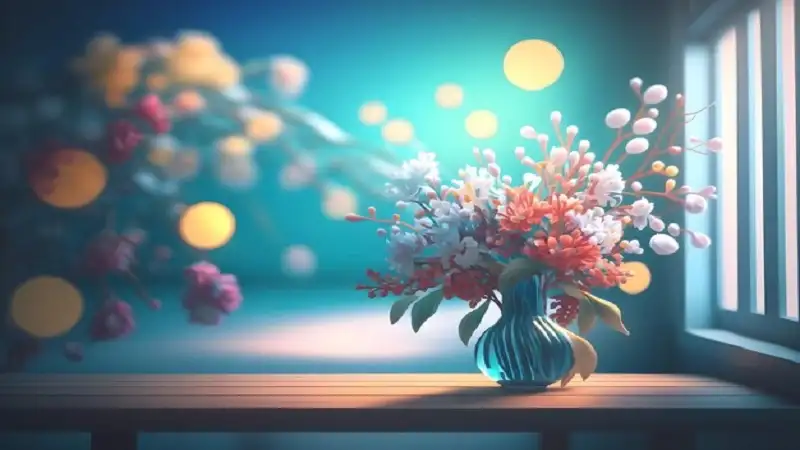When we talk about “aesthetic:ibu49g7aakg= background,” we’re diving into a world of visual appeal and design. This concept is crucial in various fields, from art to digital design. Understanding the nuances of aesthetic backgrounds can elevate your work, making it more engaging and attractive. Let’s explore what makes an aesthetic
= background so special and how you can incorporate it into your projects.
What is an aesthetic:ibu49g7aakg= background?
An aesthetic:ibu49g7aakg= background is all about creating a visually pleasing backdrop. It’s not just about color or pattern; it’s about the overall feel. These backgrounds are often used in websites, digital art, and presentations to add an extra layer of beauty. The key is to make sure the background complements the main content without overpowering it.
Aesthetic backgrounds can range from minimalist designs to complex patterns. They often use harmonious color schemes and subtle textures to create a pleasing visual effect. The goal is to enhance the viewer’s experience without drawing attention away from the main content.
Why is an aesthetic:ibu49g7aakg= background Important?
Having an aesthetic:ibu49g7aakg= background can transform a dull presentation into a captivating one. It helps in setting the mood and tone. For instance, a calming pastel background might be used for a wellness website, while a vibrant, energetic one could be perfect for a sports blog. The right background can also make text and images pop, enhancing readability and engagement.
Moreover, an aesthetic background can establish a brand’s identity. Consistent use of a particular style or color scheme in backgrounds can make a brand more recognizable. It also helps in building a professional and cohesive look, which can be crucial for businesses and personal brands alike.
How to Create an aesthetic:ibu49g7aakg= background?
Creating an aesthetic:ibu49g7aakg= background involves a few key steps:
- Choose a Color Palette: Start with a cohesive color scheme. Consider the emotions you want to evoke and the message you want to convey. Use color theory to choose complementary colors that work well together.
- Select Patterns and Textures: Patterns can add depth, while textures can bring a tactile feel. Use them sparingly to avoid clutter. Subtle patterns and textures often work best, as they add interest without overwhelming the main content.
- Incorporate Images: High-quality images can serve as backgrounds. Ensure they are not too busy and do not distract from the main content. Images related to the content can also enhance the overall aesthetic.
- Balance: Maintain a balance between background and foreground elements. The background should enhance, not overwhelm. Consider using a gradient or overlay to soften the background and ensure that text and other elements stand out.
Frequently Asked Questions about aesthetic:ibu49g7aakg= background
1. How do I choose the right colors for an aesthetic:ibu49g7aakg= background?
Choosing the right colors depends on the mood and message you want to convey. Use tools like color wheels and palettes to find complementary colors. Remember, the background should support the content, not distract from it. For example, cooler colors like blues and greens can create a calming effect, while warmer colors like reds and oranges can create excitement.
2. Can I use an aesthetic:ibu49g7aakg= background in professional presentations?
Absolutely! A well-designed background can make your presentation look more polished and professional. Just ensure it’s not too flashy and remains appropriate for the audience. Stick to simpler designs and subtle colors for a more professional look.
3. What tools can help me create an aesthetic:ibu49g7aakg= background?
There are numerous tools available, from Adobe Photoshop and Illustrator to online platforms like Canva and Figma. These tools offer various templates and customization options to create stunning backgrounds. They also provide resources like stock photos, patterns, and color palettes to help you design aesthetically pleasing backgrounds.
4. How can I make sure my text is readable on an aesthetic:ibu49g7aakg= background?
Ensure there is enough contrast between the text and the background. You can use tools like contrast checkers to make sure your text is readable. Additionally, using text shadows or outlines can help make the text stand out against the background.
Common Mistakes to Avoid with aesthetic:ibu49g7aakg= background
- Overcrowding: Too many elements can make the background look messy. Keep it simple and avoid adding too many patterns or images.
- Poor Color Choice: Clashing colors can be jarring and unappealing. Use color theory to choose colors that complement each other.
- Ignoring Readability: Ensure text remains readable against the background. High contrast between text and background is crucial for readability.
- Lack of Consistency: Keep the background style consistent with the overall design. This helps in creating a cohesive and professional look.
Examples of aesthetic:ibu49g7aakg= backgrounds
- Minimalist: Simple, clean designs with plenty of white space. These backgrounds use neutral colors and minimal patterns to create a modern and sleek look.
- Vintage: Retro colors and patterns that evoke nostalgia. These backgrounds often use muted colors and classic patterns like polka dots or stripes to create a nostalgic feel.
- Abstract: Unique shapes and forms that create visual interest. Abstract backgrounds can be very versatile, using a variety of colors and shapes to create a unique and eye-catching look.
- Nature-Inspired: Elements from nature, like leaves and water, for a calming effect. These backgrounds often use earthy tones and natural textures to create a relaxing and organic feel.
Conclusion
Anaesthetic:ibu49g7aakg= background is more than just a pretty picture. It’s a vital part of design that can enhance the user experience and make your content stand out. By carefully choosing colors, patterns, and images, you can create backgrounds that are not only beautiful but also functional. Remember, the goal is to support and enhance your content, not to overshadow it. Incorporating an aesthetic:ibu49g7aakg= background into your design can make a significant difference. Whether you’re working on a website, a presentation, or digital art, the right background can elevate your work to new heights. Embrace the power of aesthetics and see how it transforms your projects.

